Royal Palaces in The Hague
-- photos, as always, are my own --
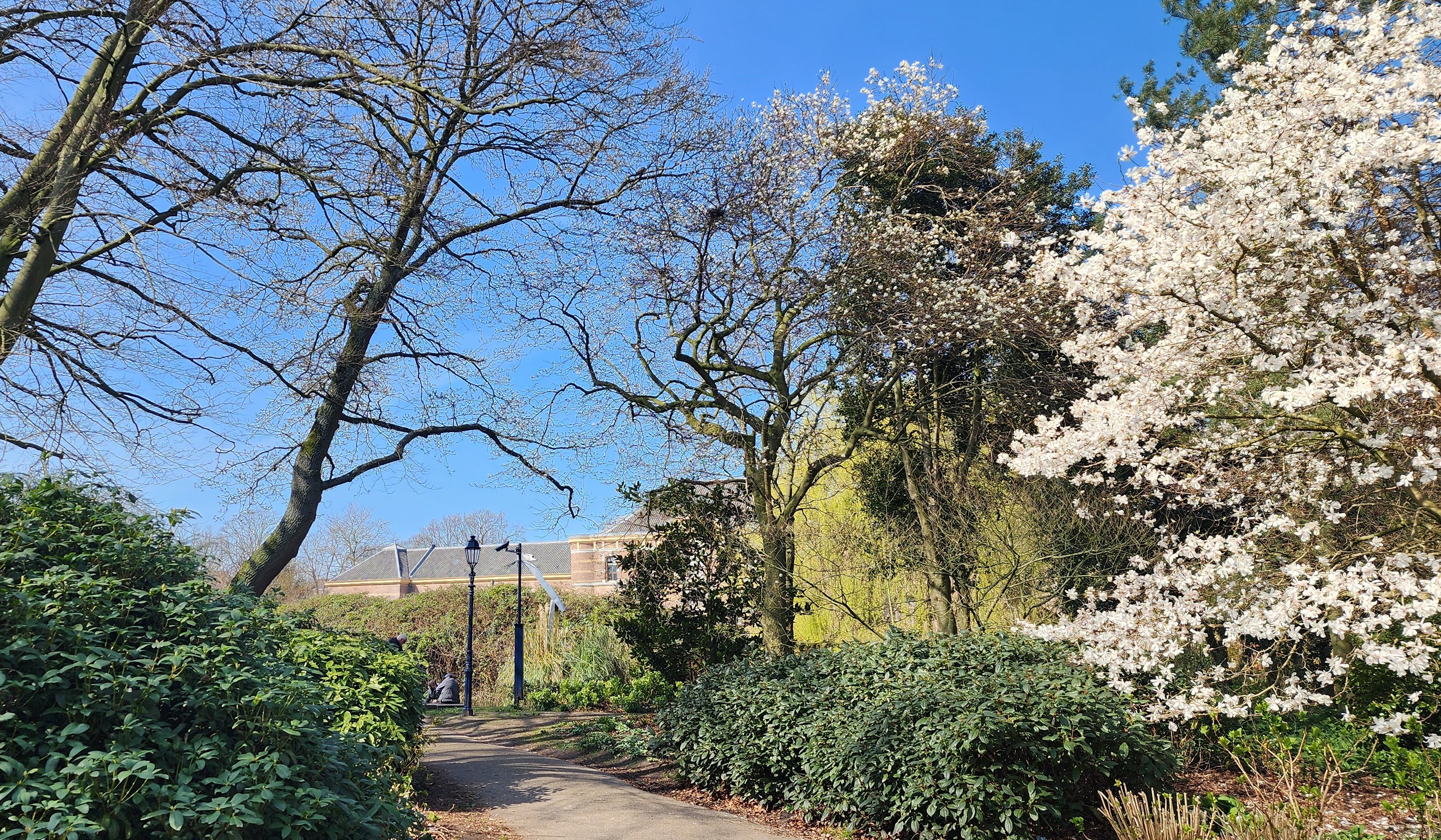
The Hague, seat of the Dutch government as well as the International Court of Justice, was founded by the last Counts of the House of Holland. Count Floris IV already owned two residences in the area, but presumably purchased a third court situated by the present-day Hofvijver in 1229. The Hague was first mentioned as Die Haghe in 1242.[11] In the 15th century, the name des Graven hage came into use, literally meaning "the Count's Grove" [source: wikipedia]
When you visit The Hague, enjoy a leisurly walk through the downtown core and admire its stately buildings. Visit the palace garden ("Paleis Noordeinde" or 'palace north-end' ) which is a lovely tiny park in between the Royal Stables and the palace. Frederik Hendrik, the son of William of Orange, had the gardens landscaped for his mother at the beginning of the seventeenth century.
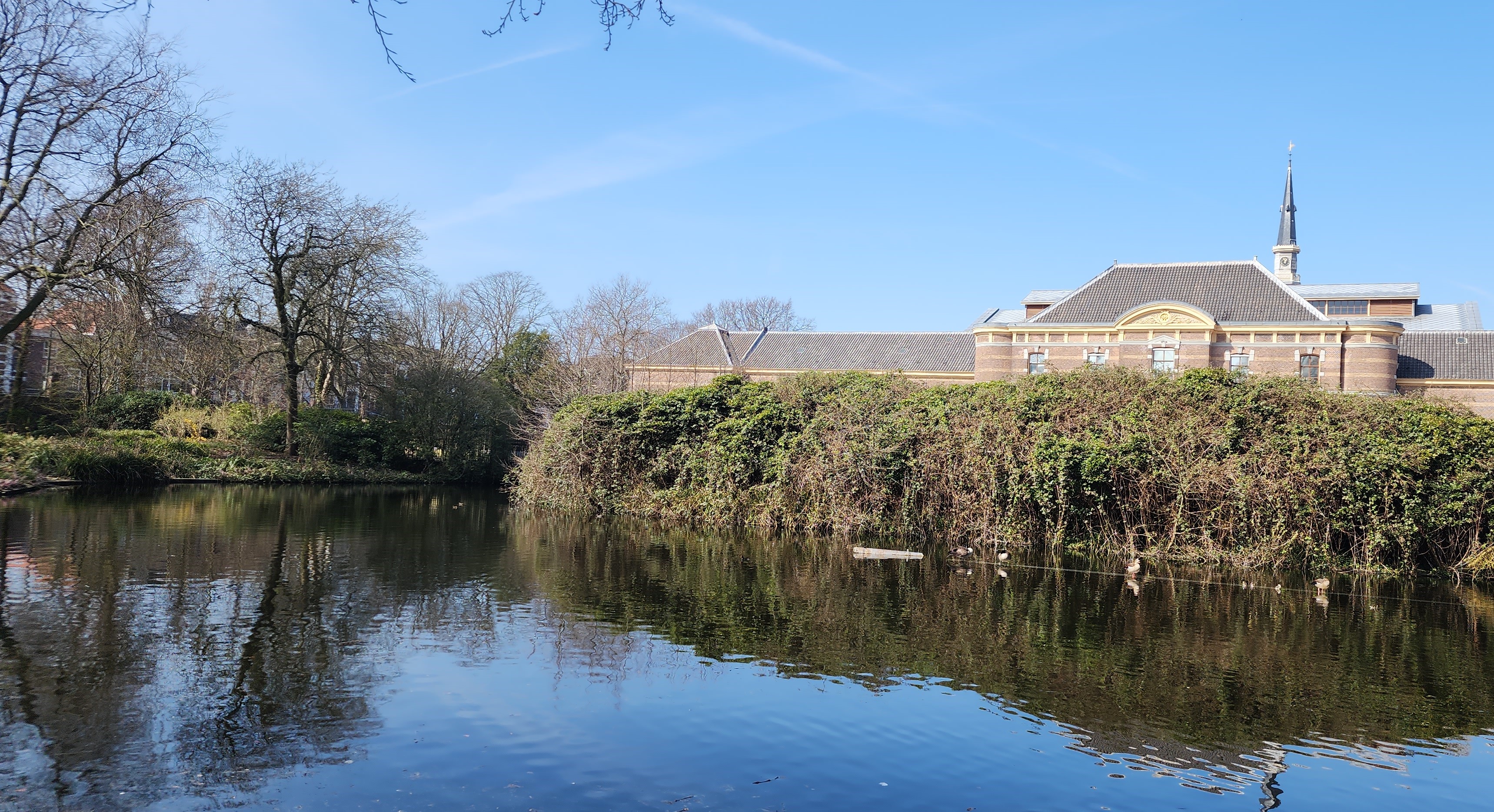
The palace building has been home to the Dutch Royalty from at least 1609. The building you see today was restored in 1984 after a fire in 1948. The design of the main building and wings - the "H" shape - dates from 1640.
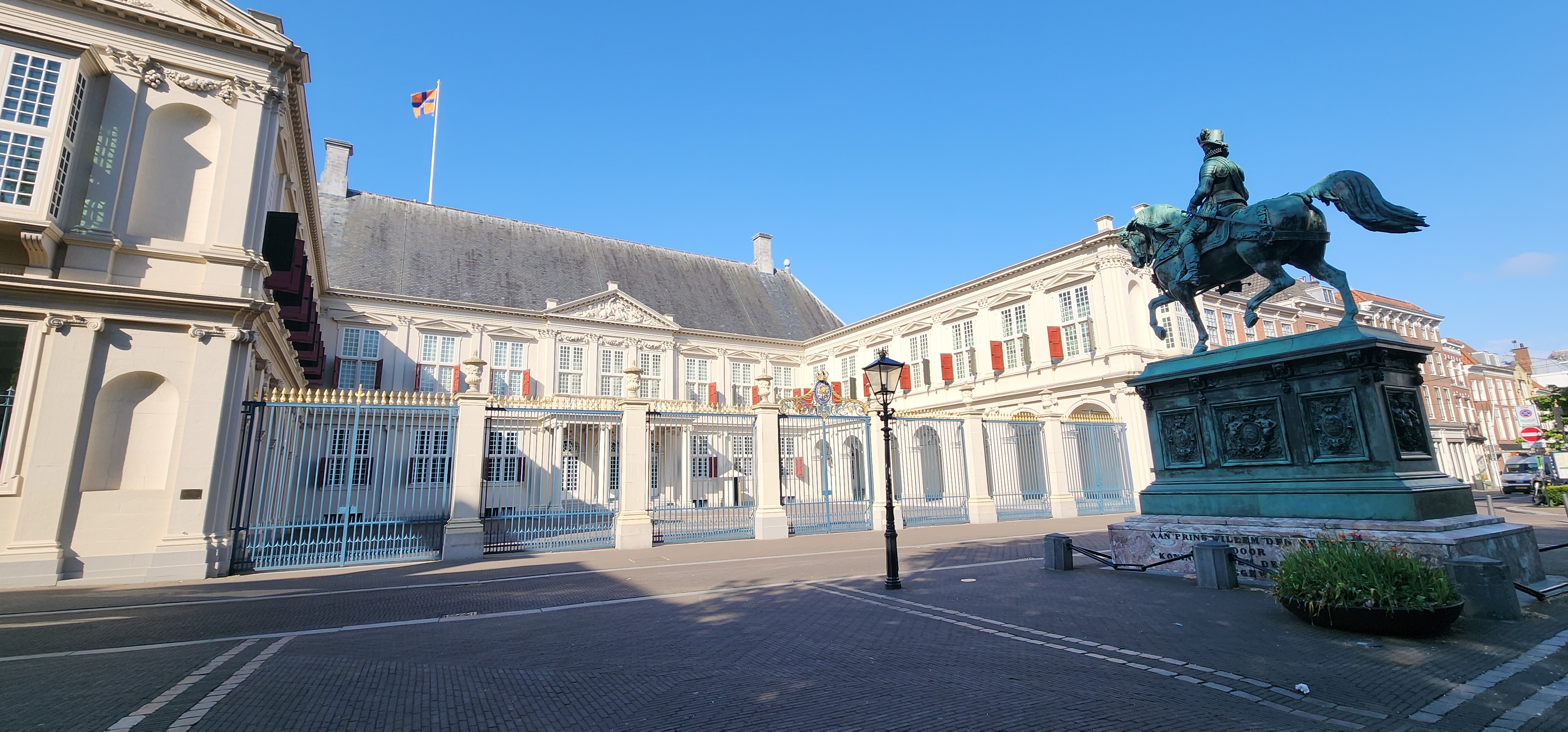
Queen Emma preferred Lange Voorhout Palace, which she bought in 1896 and used it as a winter palace from March 1901 until her death in March 1934. Her daughter, Queen Wilhemina, liked Palace Noordeinde and used it until the German invasion of 1940. Her successor, Queen Juliana, favoured Soestdijk Palace, but the current Dutch King Willem-Alexander uses Noordeinde Palace as his office. Looks like each generation just wants to be different :)
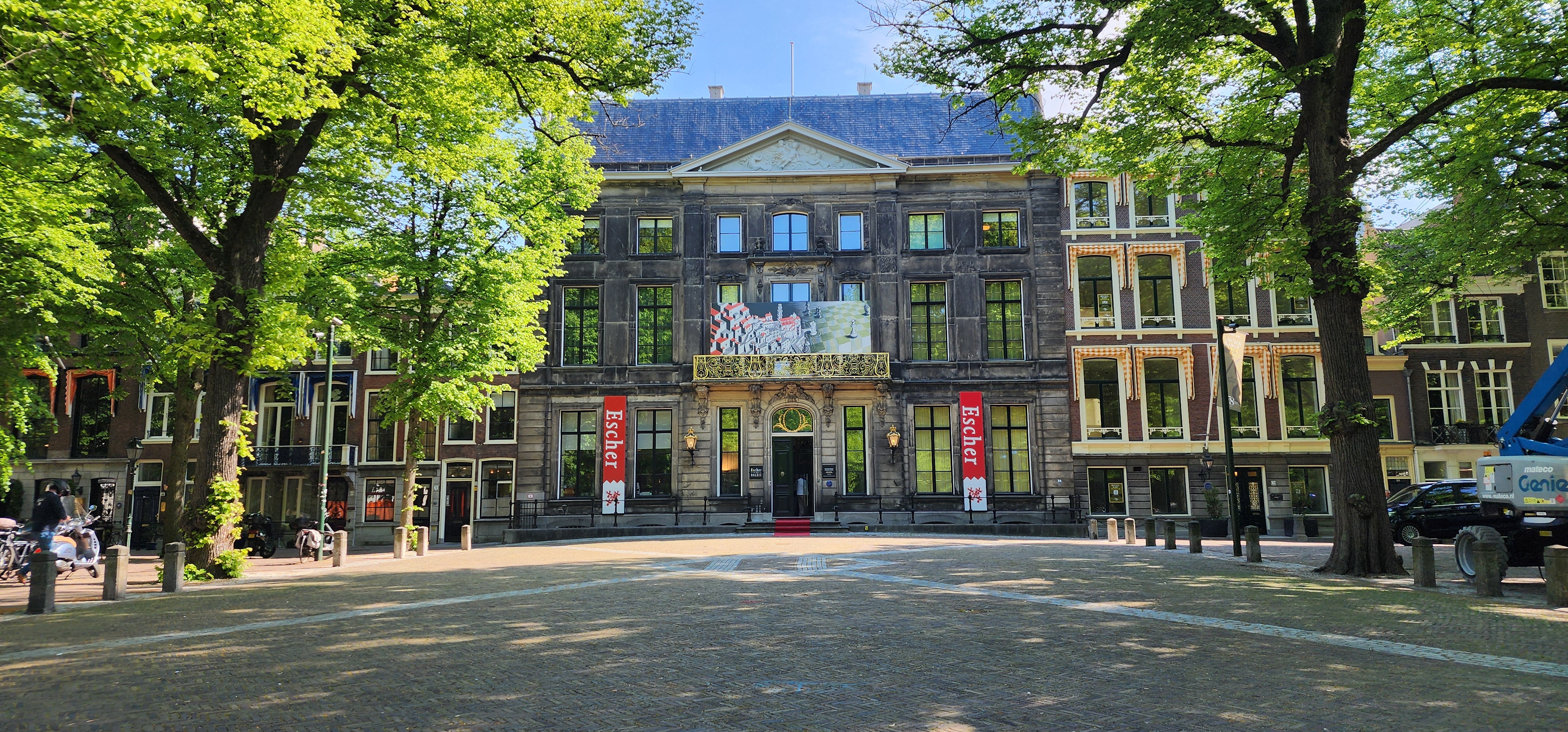
Queen Emma's Palace "Lange Voorhout" today functions as the Escher Museum which holds over 120 prints of the Dutch artist Escher (1898-1972) and if you have the opportunity, do pay a visit, both to enjoy the collection and to appreciate the building.
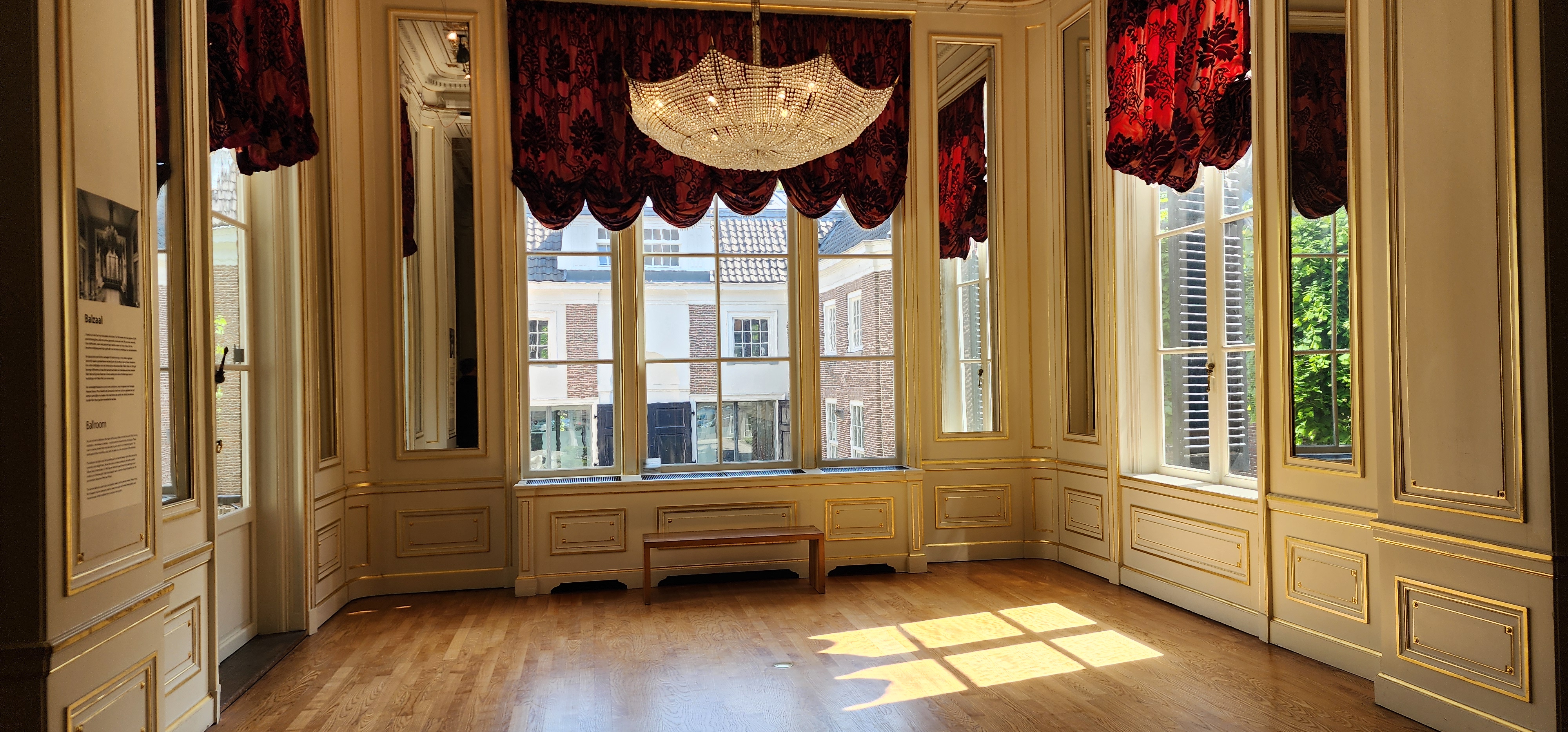
And if you are there on the right day, enjoy the collectibles market! right across from the museum.
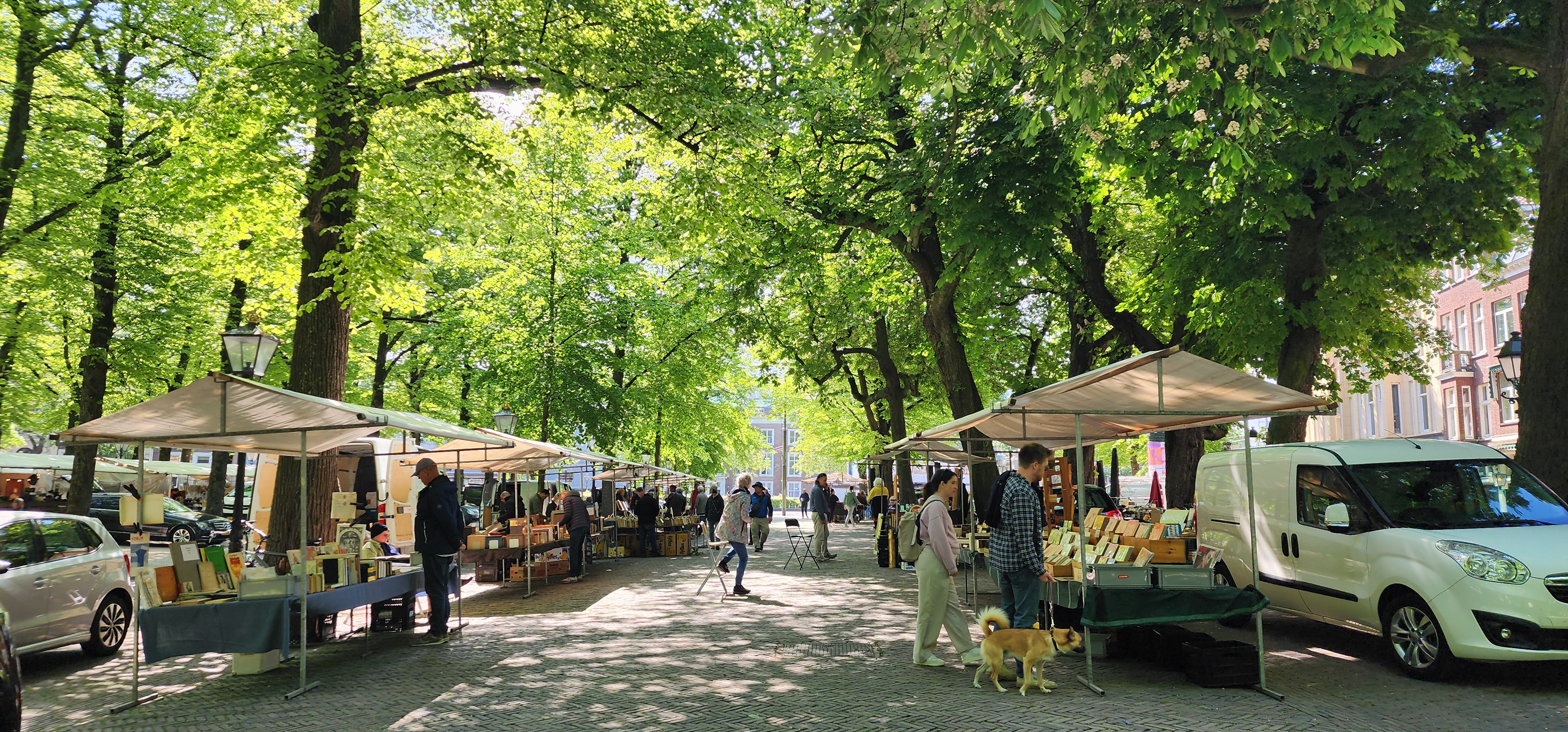
The artist M.C. Escher and the Escher museum
The now very well known Dutch artist Escher received recognition only late in life. He lived and traveled in Italy and Spain in his early years, spent time in Switzerland and Belgium, and in his 43rd year, returned to the Netherlands from Belgium in 1941 due to food scarcity and anti-foreigner sentiment under German occupation.
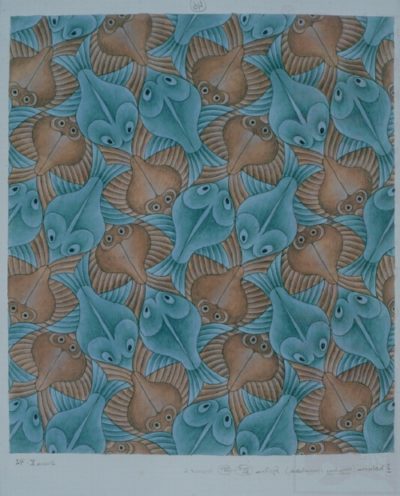
His work features mathematical objects and operations including impossible objects, explorations of infinity, reflection, symmetry, perspective, truncated and stellated polyhedra, hyperbolic geometry, and tessellations (tiling). [wikipedia]
Escher's art challenges our perception, often presenting contradictory perspectives. After his visits to Spain and especially seeing the art of the islamic architecture at Alhambra, he is inspired to study and create produce infinite interlocking tiling designs.
"It is the richest source of inspiration that I have ever tapped, and it has by no means dried up yet" Escher said.
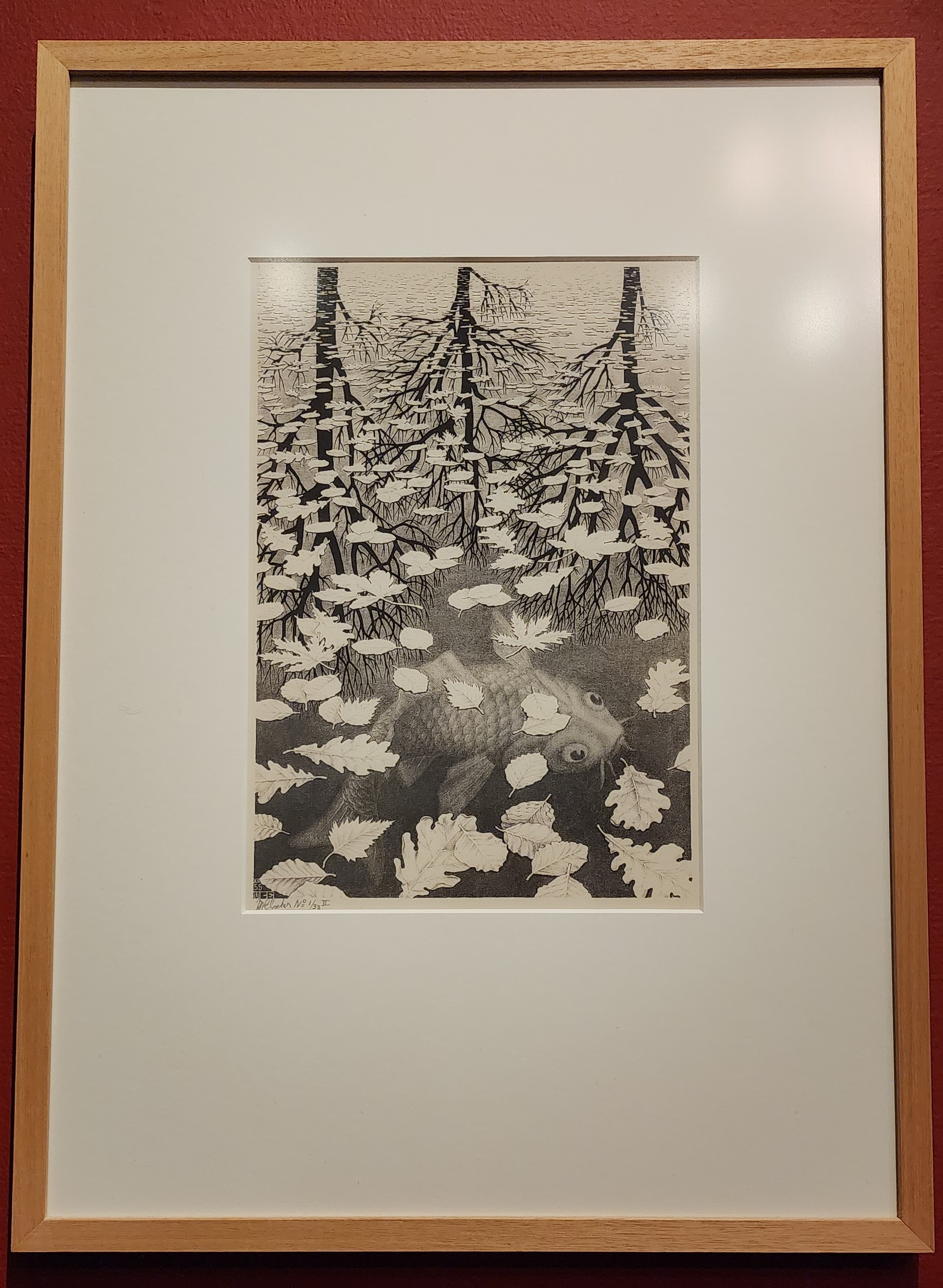
I was interested to find the following quote, which seems to give great insight into Escher's personality:
"My work has nothing to do with people, nor with psychology either. I have no idea how to cope with reality; my work does not touch it. I'm sure this is all wrong... I know you are supposed to rub shoulders with folk and to help them so that everything turns out for the best for them. But I do not have any interest in humanity: I have got a great big garden for the express purpose of keeping all these folks away from me."
-- from an interview with the artist published in the magazine Vrij Nederland, 1968
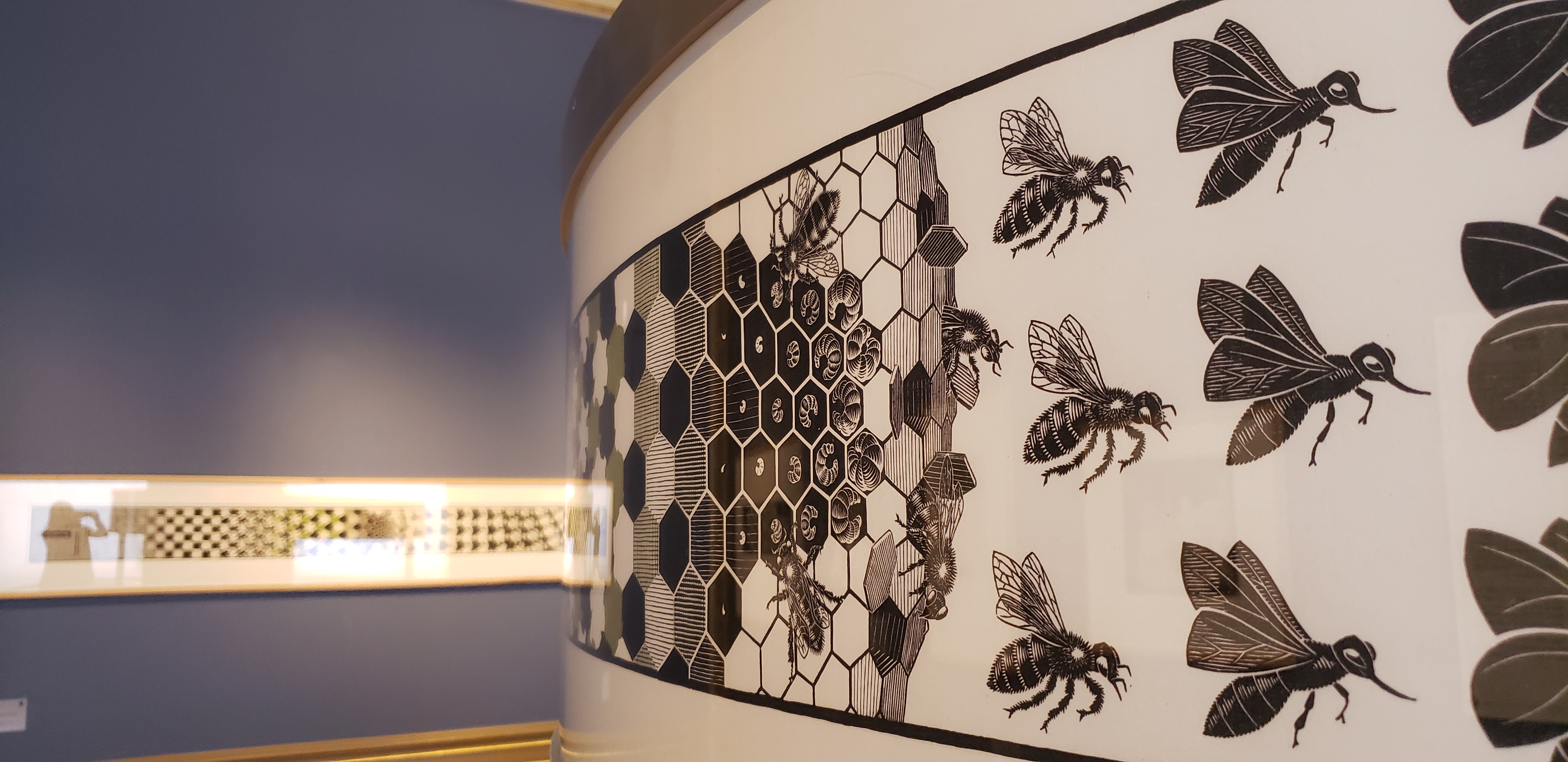
More Escher reading:
- Masterpieces, from the museum page "Escher in het paleis"
- Escher's life, in "Escher in het paleis"
- Escher website
- "The Magic Mirror of M.C. Escher", Bruno Ernst, Tarquin publications, 1985 - available in the museum gift shop
Binnenhof and the Hof Vijver (Inner court and the court pond)
The "Binnen hof" is the seat of the Dutch parliament and a beautiful building. On the north-west side of the building is the "Hof vijver" or court pond with a fountain and friendly ducks.
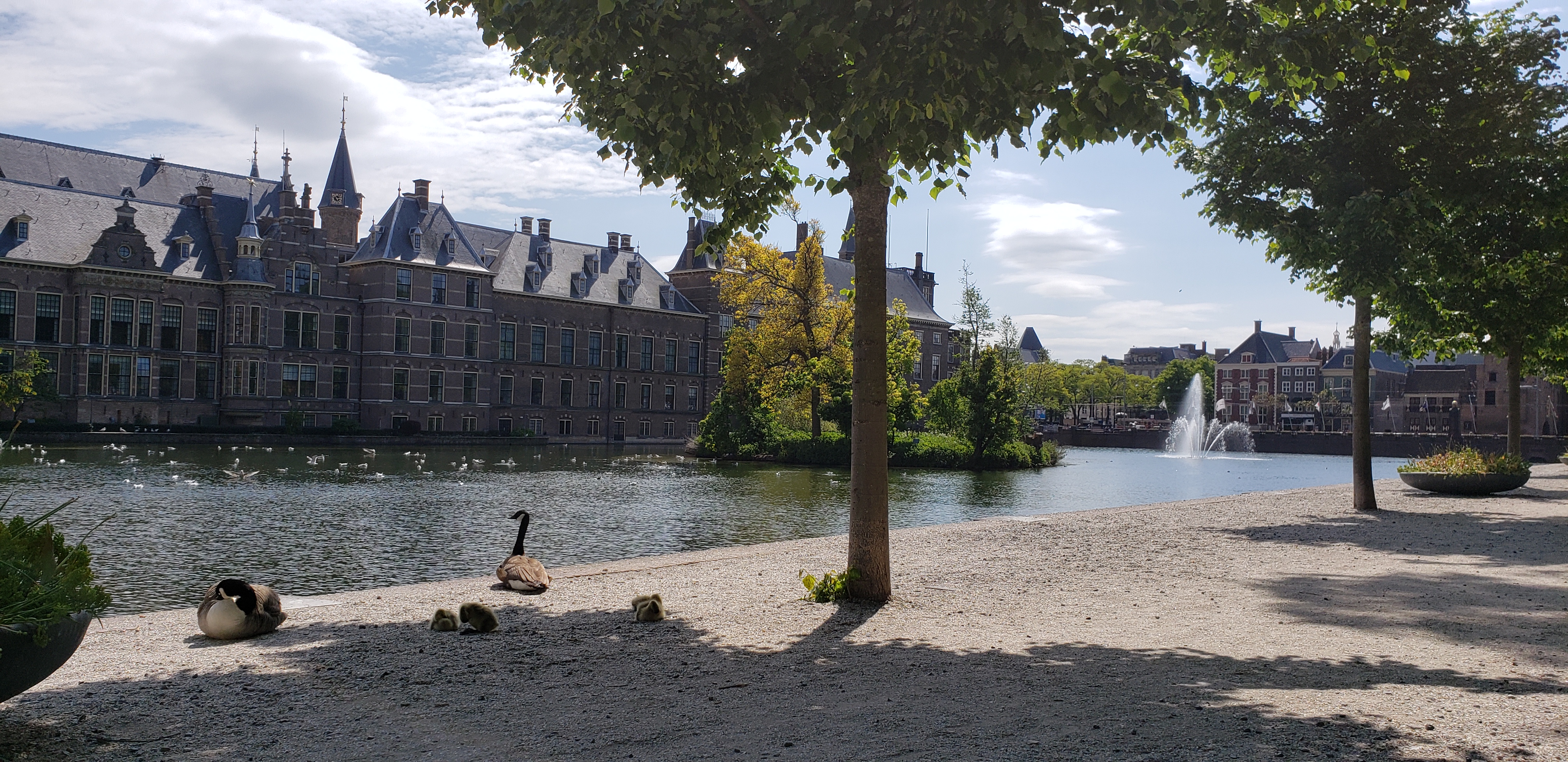
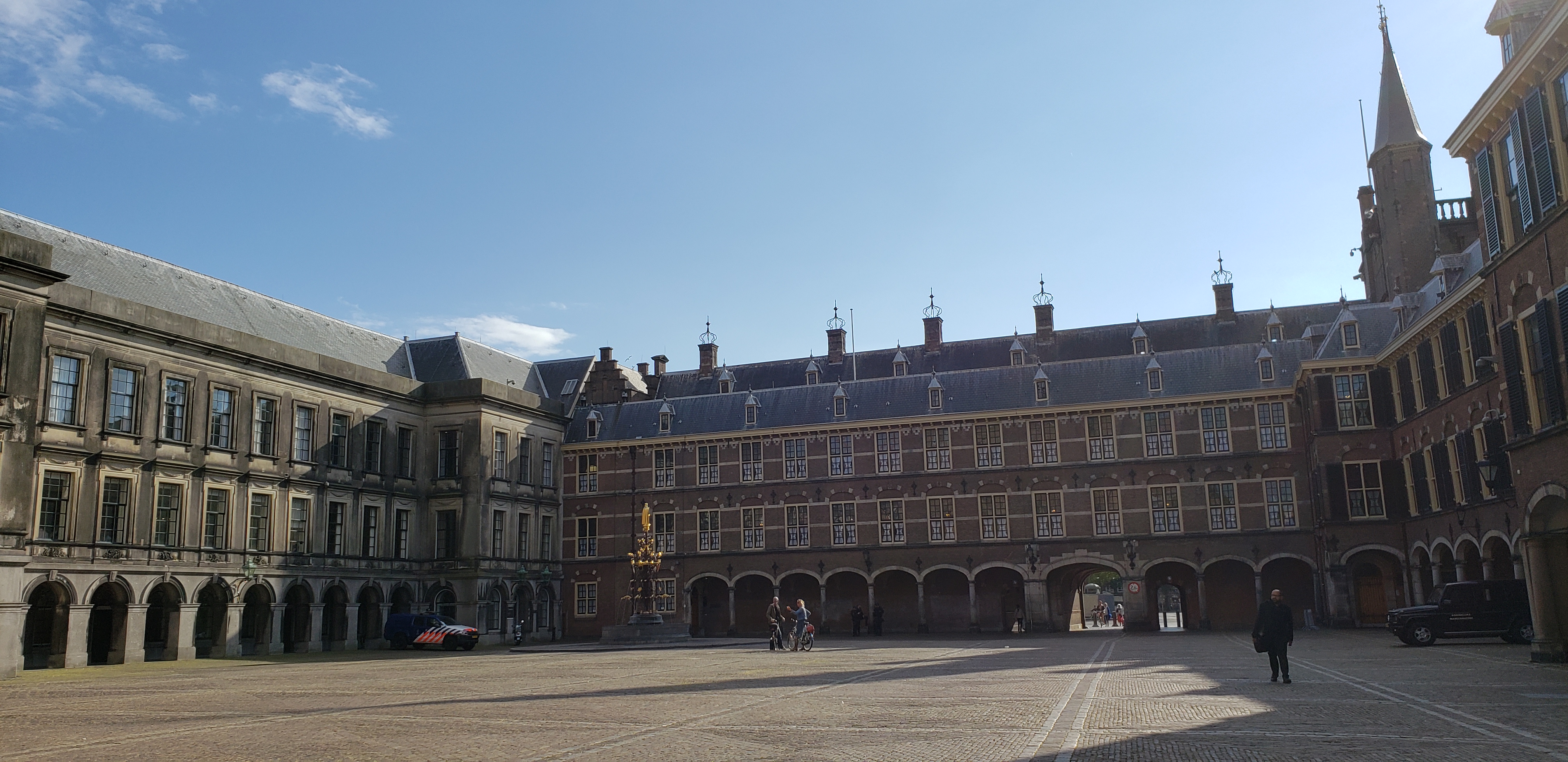
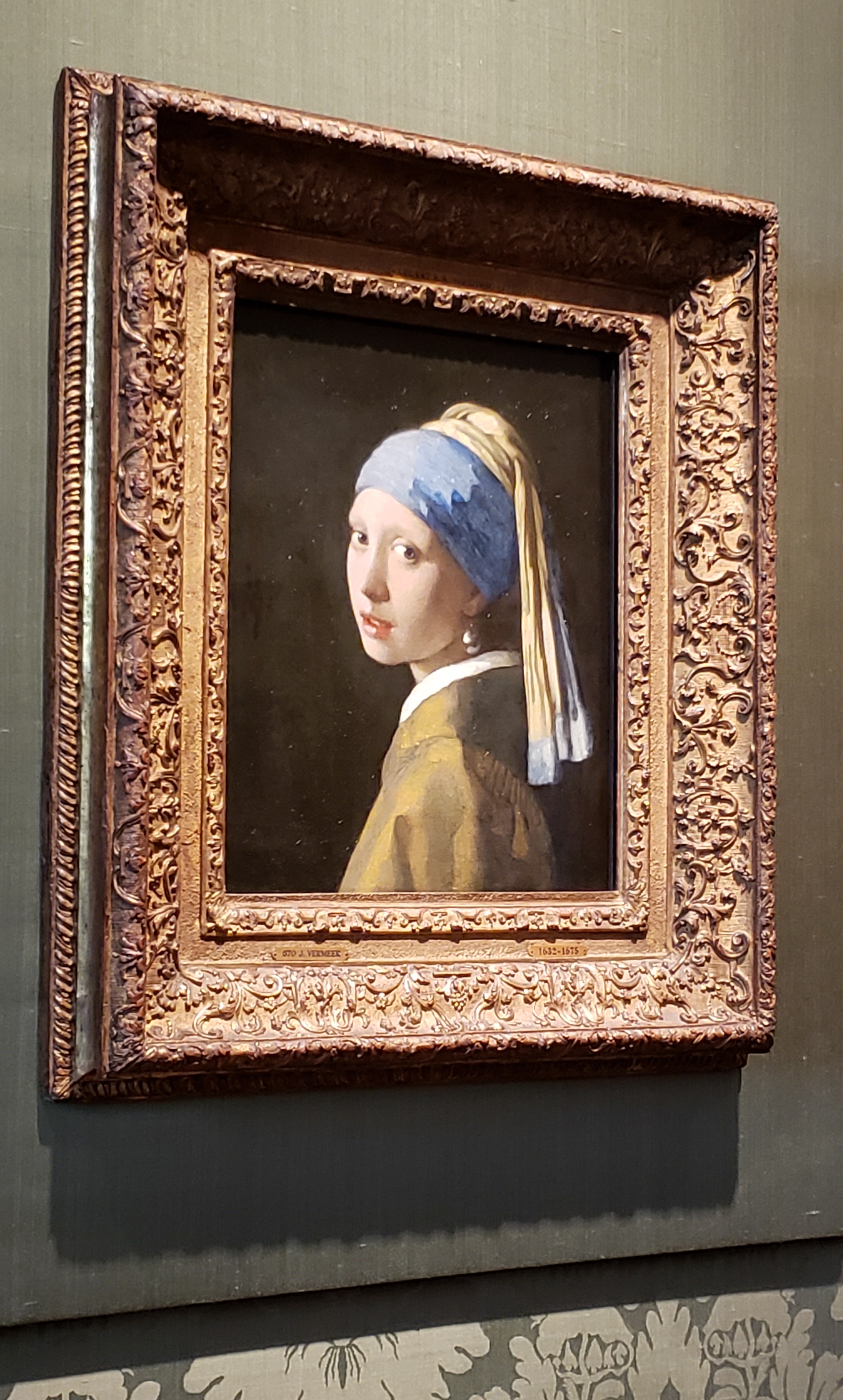
On the east side of the pond is the Maurits-house: the 17th century residence of Count John Maurice of Nassau, which is now a museum that holds - among many other famous paintings from the 17th century - Johannes Vermeer's "Girl with a Pearl Earring".
Even further east is the "Haagse Bos" (The Hague Forest) with great walking trails.
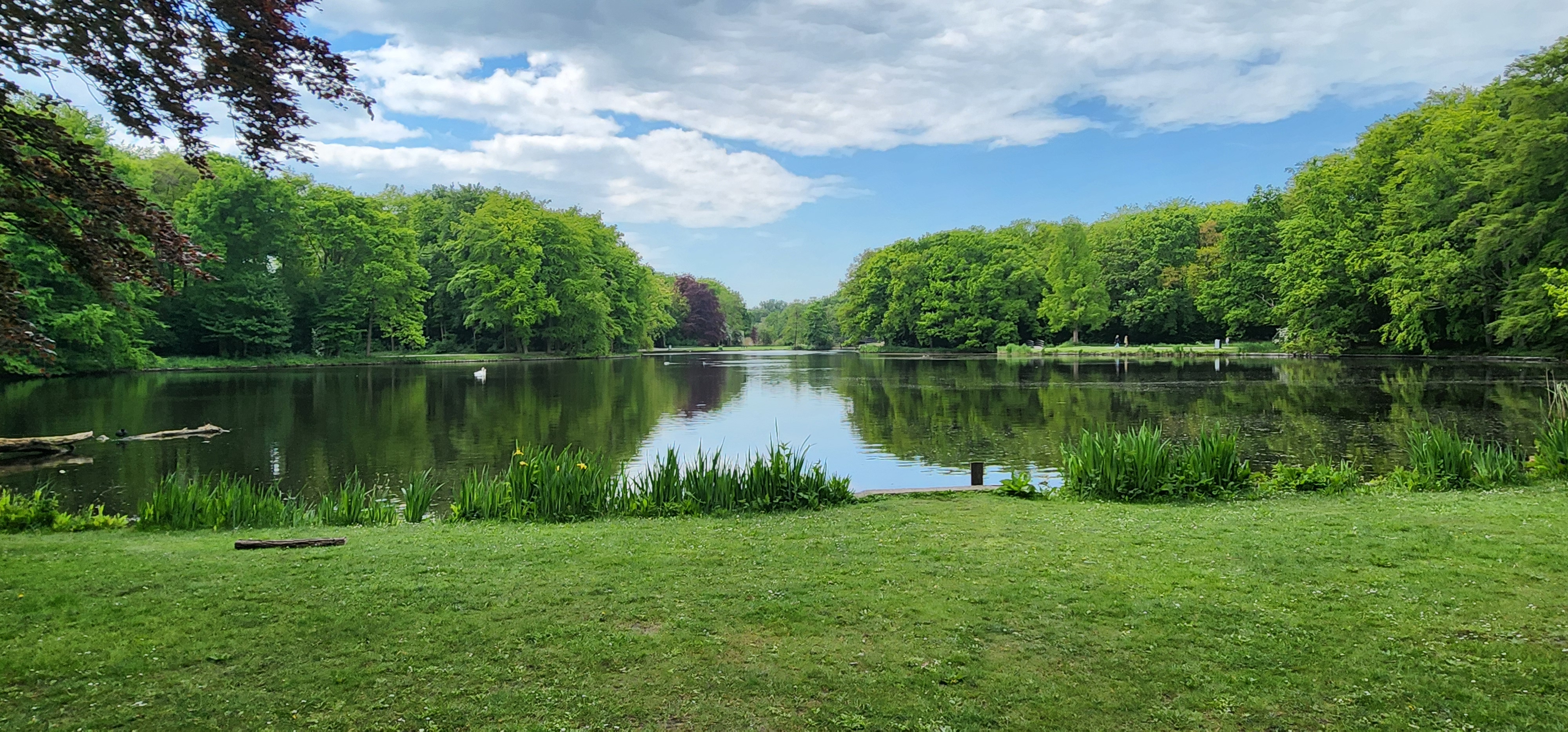
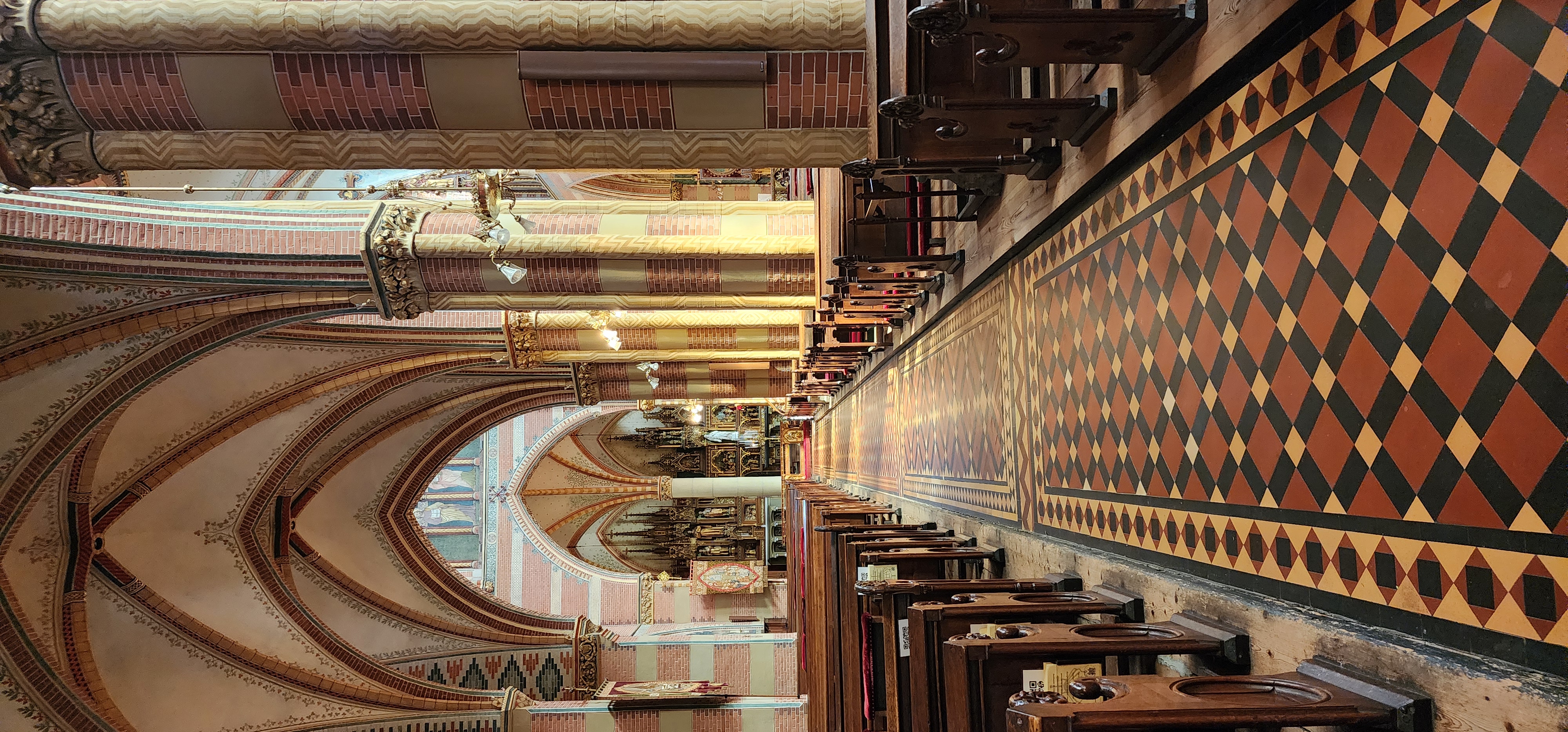
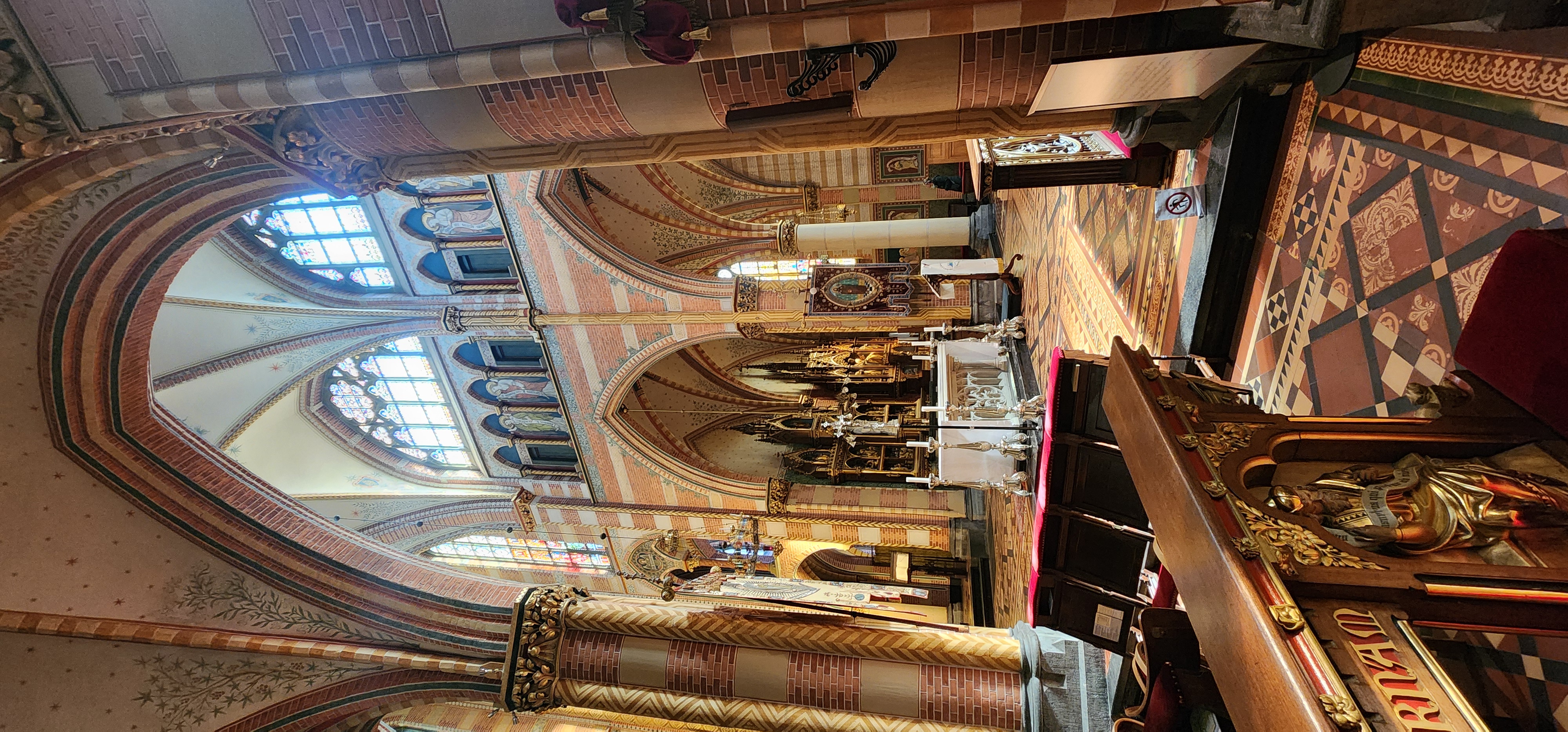
And a couple of blocks north of the "Hof Vijver" is the supremely colourful protestant church of St James (St Jacobus de Meerdere), designed by the well-known Dutch architect P.J.H Cuypers between 1875 and 1878.
This same architect designed the Rijskmuseum and Central Station in Amsterdam, fine examples of the Dutch Gothic Revival style favoured by him.
So far, all the churches I've seen that were designed by him have in common a medieval esthetic for the interior decorations and over-the-top colours
Scheveningen
Finally, if you have the opportunity, try to meet the sea at sundown at Scheveningen Beach.
You can see the North Sea wind farms in the distance and with each wave that comes in, the sun sinks a bit more with the colours leaking into the water.
And as the sun sets, walk north along the wet sand to a line of small boardwalk restaurants and patios .
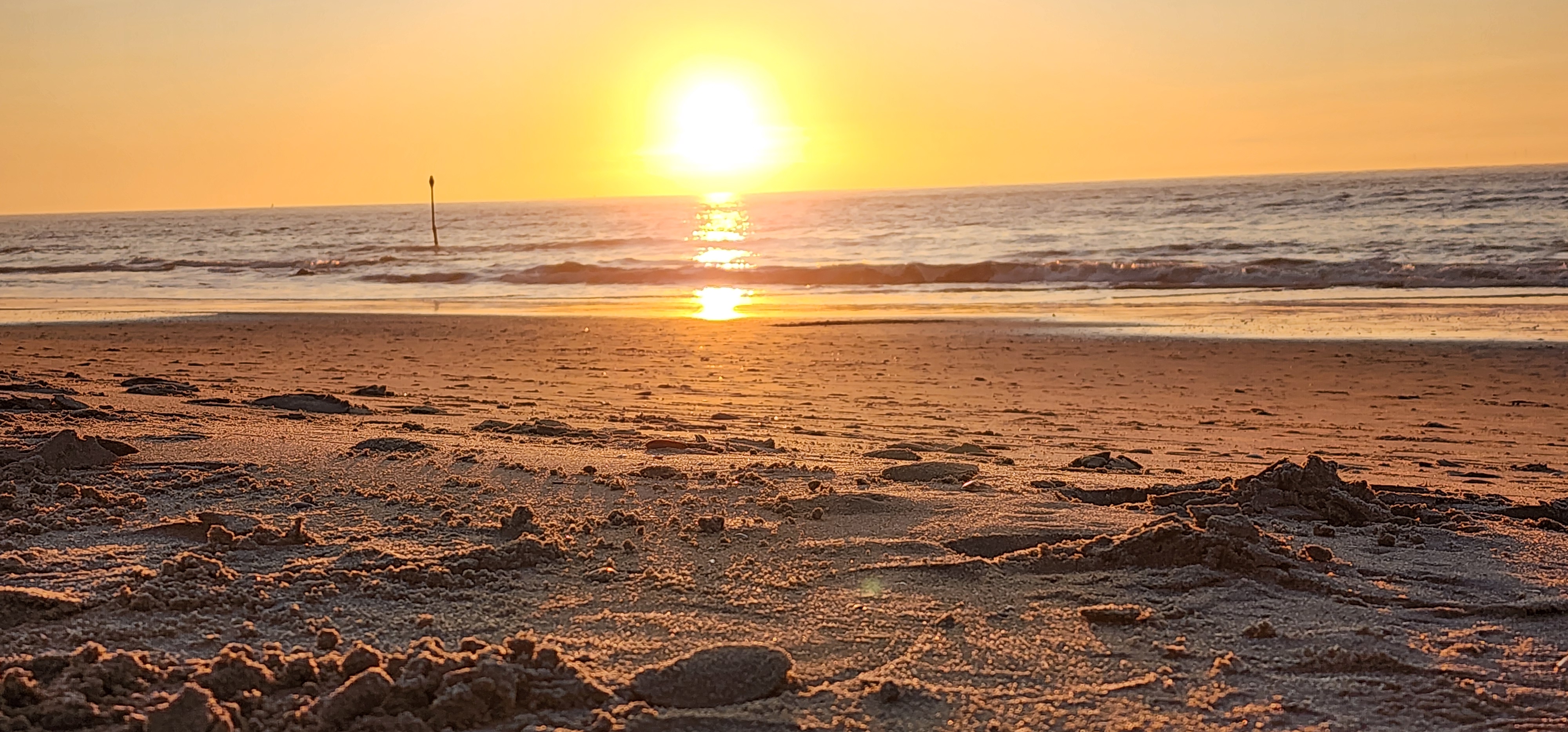

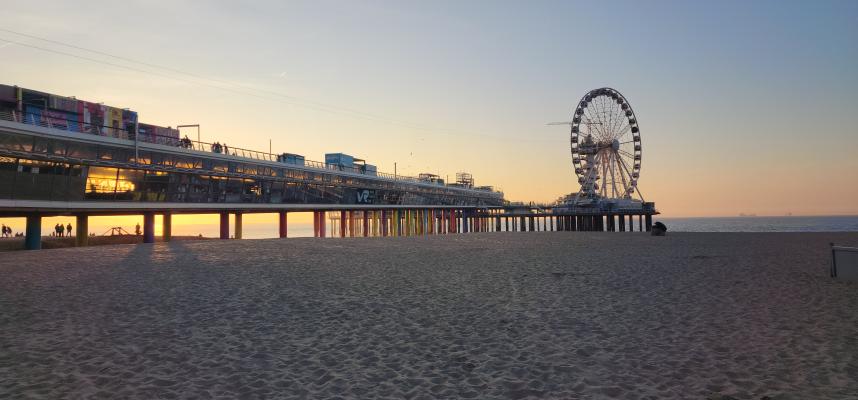
Add new comment